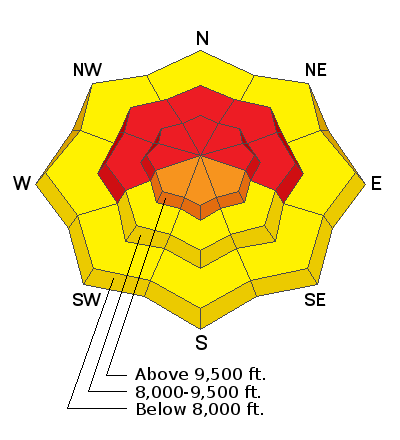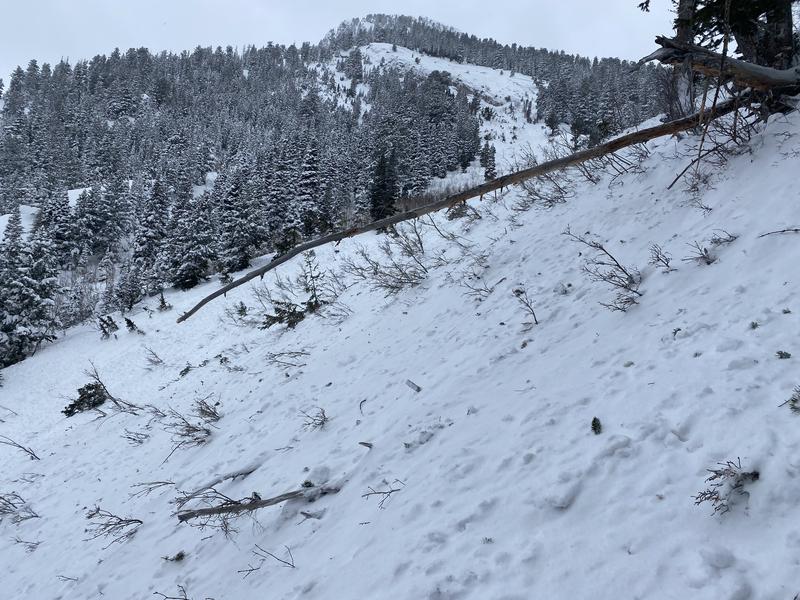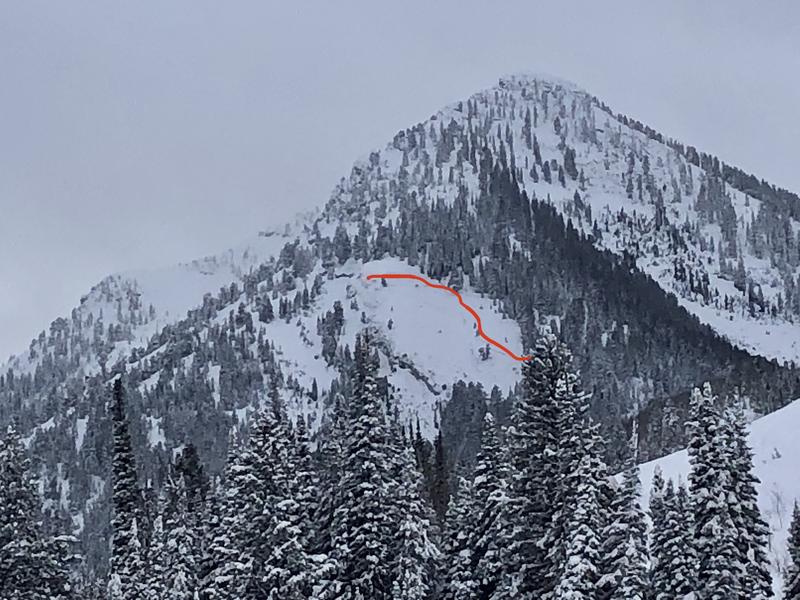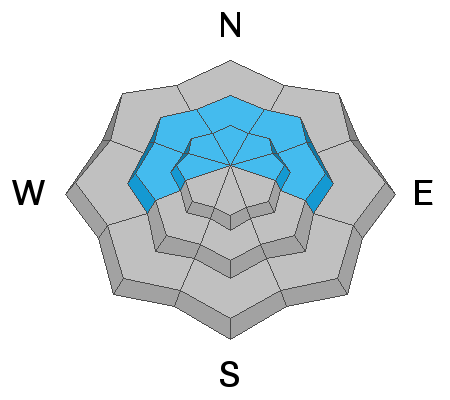Avalanche Warning
AN AVALANCHE WARNING HAS BEEN ISSUED FOR THE MOUNTAINS OF MUCH OF THE STATE OF UTAH, INCLUDING THE WASATCH RANGE...BEAR RIVER RANGE...UINTA MOUNTAINS...THE MANTI-SKYLINE ...THE FISH LAKE REGION…PAHVANTS…TUSHARS…AND THE CEDAR CITY AREA MOUNTAINS.
THE AVALANCHE DANGER IS HIGH FOR THE WARNING AREA AND TRAVEL IN AVALANCHE TERRAIN IS NOT RECOMMENDED.
HEAVY SNOWFALL AND STRONG WINDS HAVE CREATED DANGEROUS AVALANCHE CONDITIONS. BEING CAUGHT IN ANY AVALANCHE IS LIKELY TO BE UNSURVIVABLE. STAY OFF OF AND OUT FROM UNDER SLOPES STEEPER THAN 30 DEGREES.
Currently: Temperatures range from -5° to +5° F but fortunately the west/northwest winds are light at the low and mid elevation ridges, averaging less than 10 mph with gusts in the teens. Along the highest ridges, winds are quite different with hourly averages in the 20's mph and gusts in the upper 30's mph, creating wind chills right around -30° F. Snowfall totals since Thursday night range from 18-24" (containing 1.2 - 2.2" water) along the Park City ridgeline and the Cottonwoods.
Water totals in the Cottonwoods since 12/23 are 8" - a significant loading event!
Today: Skies will be partly cloudy and temperatures will be the coldest of this winter season so far, rising only into the low single digits. Winds will be from the northwest and mercifully light to moderate, averaging around 10 mph with gusts in the teens along low and mid elevation ridgelines and summits. Along the highest ridges wind speeds will be somewhat stronger with hourly averages around 20 mph and gusting into 20's and low 30's mph.
Looking ahead, temperatures will warm Sunday into Monday with sunshine. A return to a progressive weather pattern is expected with additional snowfall by midweek.
Several avalanches were reported from the backcountry and control work at resorts:
Kessler Slabs - Northeast-facing at 9,200' breaking down 2-3' and up to 700' wide, nearly reaching the base of the summer road. (Photos Laurie MacMillan and UDOT)
Control work from Cottonwood resorts produced very large avalanches breaking down into old snow, with some crowns estimated up to 10' deep. The avalanche that really caught my attention was from control work prior to resort opening at Alta producing an avalanche on Mount Baldy that was described as "historic". There is a nearly 80 year history of avalanche mitigation in Little Cottonwood and when the term historic is used it's worthy of our attention.









